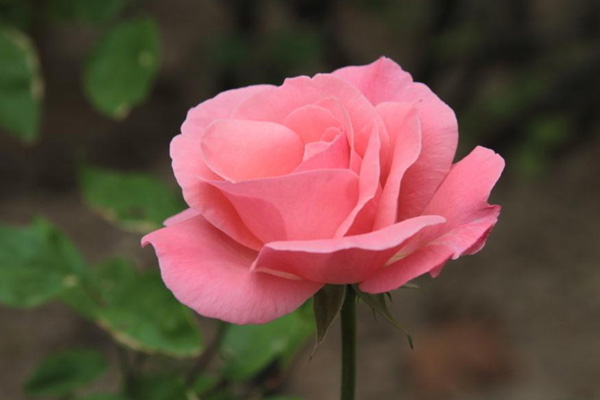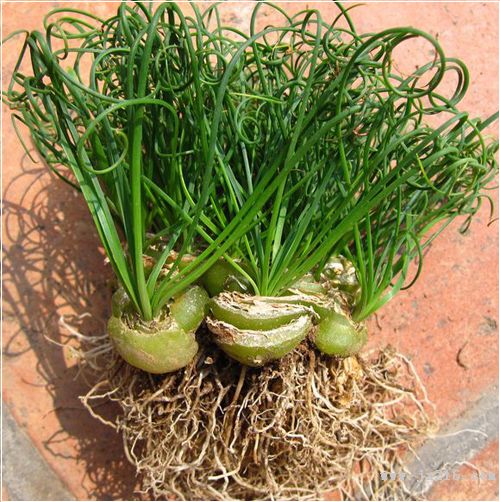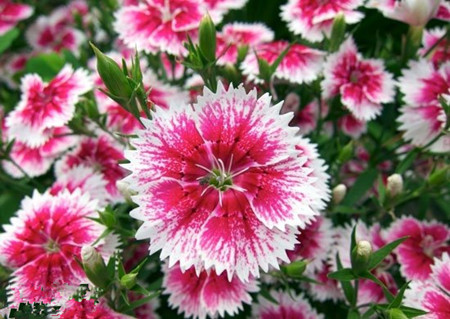How to make the rose flowers more beautiful and fragrant
Rose has the laudatory name of "queen of flowers". If the budding flowers are plucked and dried, boil water to six grams as tea, which can treat irregular menstruation, dysmenorrhea, red leucorrhea and other gynecological diseases.
The sunshine duration is longer. Planting or potted rose should have at least five hours of light every day, which is the first condition for rose to blossom.
Well, fertilizer should be applied in time. Often fertilize during the growing period of the rose, this is because the rose is about apart! In one and a half months, it is necessary to repeat the growth and development process of budding, growing branches and flowering, which consumes a lot of nutrients and needs to provide various nutrients continuously to ensure normal growth and development. Under normal circumstances, once a week during the peak growth period, a second mature thin cake fertilizer and water is applied every + days or so. The available phosphate fertilizer was applied twice in the blooming stage of pregnant buds, and the phosphorus was increased after autumn. Potassium fertilizer, reduce nitrogen fertilizer, in order to control the growth of new branches. Apply little or no fertilizer in summer days and after + months. With the plant growth, potted rose needs to change pots and soil year after year, and apply organic fertilizer to facilitate root development. After each fertilization, the soil should be watered and loosened in time to keep the soil loose and well ventilated.
Third, keep pruning. In order to keep the rose growing alive and often produce more and better flowers, it is necessary to constantly prune, cut off some of the old branches and promote new buds. Because the rose blossoms on the new tips of the year. Large potted rose should be pruned in combination with changing pots in early spring, all dead branches, diseased branches, weak branches and cross branches should be cut off from the base, and an appropriate number of flower branches can be formed by retaining-fixed number of axillary buds growing outward according to different varieties. Cut off about three-thirds of the strong branches of the adult plant, and cut off three-thirds of the weaker branches, leaving three to five strong main branches with concentrated nutrients and large and bright flowers. The remnant pedicels should be cut off in time after the flower fade in the first period of the + month to promote the rapid germination of new buds.
Fourth, timely prevention and control of diseases and insect pests. From spring to autumn, rose flowers are constantly attacked by a variety of diseases and insect pests, which need to be controlled in time.

The sunshine time is longer.
Planting or potted rose should have at least five hours of light every day, which is the first condition for rose to blossom.
Fertilizer should be applied in time
Often fertilize during the growing period of the rose, this is because the rose is about apart! In one and a half months, it is necessary to repeat the growth and development process of budding, growing branches and flowering, which consumes a lot of nutrients and needs to provide various nutrients continuously to ensure normal growth and development. Under normal circumstances, the mature thin cake fertilizer is applied every ten days or so, and once a week during the peak growth period. Rapidly available phosphate fertilizer was applied once or twice at the blooming stage of pregnant buds, and the application of phosphorus was increased after autumn. Potassium fertilizer, reduce nitrogen fertilizer, in order to control the growth of new branches. Apply little or no fertilizer in summer and after October. With the plant growth, potted rose needs to change pots and soil year after year, and apply organic fertilizer to facilitate root development. After each fertilization, the soil should be watered and loosened in time to keep the soil loose and well ventilated.
Keep pruning
In order to maintain plant growth vitality and often produce more and better flowers, it is necessary to constantly prune, cut off some of the old branches and promote new buds. Because the rose blossoms on the new tips of the year. Large potted rose should be pruned in combination with changing pots in early spring, all dead branches, diseased branches, weak branches and cross branches should be cut off from the base, and a certain number of axillary buds growing outward can be retained according to different varieties to form an appropriate number of flower branches. In general, the strong branches of adult plants are cut off about 1/2, and the weaker ones are cut off by 2/3, leaving three to five strong main branches, with concentrated nutrients and large and bright flowers. The residual pedicels should be cut off in time after the first period of flower fade in October to promote the rapid germination of new buds.
Timely control of diseases and insect pests
From spring to autumn, rose flowers are constantly attacked by a variety of diseases and insect pests, which need to be controlled in time.
How to make rose blossoms more beautiful and fragrant
The sunshine time is longer.
Planting or potted rose should have at least five hours of light every day, which is the first condition for rose to blossom.
Fertilizer should be applied in time
Often fertilize during the growing period of the rose, this is because the rose is about apart! In one and a half months, it is necessary to repeat the growth and development process of budding, growing branches and flowering, which consumes a lot of nutrients and needs to provide various nutrients continuously to ensure normal growth and development. Under normal circumstances, the mature thin cake fertilizer is applied every ten days or so, and once a week during the peak growth period. Rapidly available phosphate fertilizer was applied once or twice at the blooming stage of pregnant buds, and the application of phosphorus was increased after autumn. Potassium fertilizer, reduce nitrogen fertilizer, in order to control the growth of new branches. Apply little or no fertilizer in summer and after October. With the plant growth, potted rose needs to change pots and soil year after year, and apply organic fertilizer to facilitate root development. After each fertilization, the soil should be watered and loosened in time to keep the soil loose and well ventilated.
Keep pruning
In order to maintain plant growth vitality and often produce more and better flowers, it is necessary to constantly prune, cut off some of the old branches and promote new buds. Because the rose blossoms on the new tips of the year. Large potted rose should be pruned in combination with changing pots in early spring, all dead branches, diseased branches, weak branches and cross branches should be cut off from the base, and a certain number of axillary buds growing outward can be retained according to different varieties to form an appropriate number of flower branches. In general, the strong branches of adult plants are cut off about 1/2, and the weaker ones are cut off by 2/3, leaving three to five strong main branches, with concentrated nutrients and large and bright flowers. The residual pedicels should be cut off in time after the first period of flower fade in October to promote the rapid germination of new buds.
Timely control of diseases and insect pests
From spring to autumn, rose flowers are constantly attacked by a variety of diseases and insect pests, which need to be controlled in time.
- Prev

Planting method of Spring Grass
Ramet can be combined with changing pots in autumn, the method is to break off the small bulbs sprouting around the large bulb and plant them in the culture soil, no matter they have roots or no roots can survive. This method is suitable for mass propagation and is carried out in autumn. After sowing, it is covered with thin soil and covered with glass, so as to keep the soil and air moist, and has a high emergence rate.
- Next

When are the colorful flowers planted?
Some flower friends want to raise colorful dianthus by themselves, but do not know when colorful dianthus is sown, in fact, the sowing time of colorful dianthus varies from place to place, flower friends need to know that the optimum temperature for germination of colorful dianthus seeds is 21 degrees Celsius-22 degrees Celsius, but this temperature is not absolute. Sowing isn't for germination.
Related
- Fuxing push coffee new agricultural production and marketing class: lack of small-scale processing plants
- Jujube rice field leisure farm deep ploughing Yilan for five years to create a space for organic food and play
- Nongyu Farm-A trial of organic papaya for brave women with advanced technology
- Four points for attention in the prevention and control of diseases and insect pests of edible fungi
- How to add nutrient solution to Edible Fungi
- Is there any good way to control edible fungus mites?
- Open Inoculation Technology of Edible Fungi
- Is there any clever way to use fertilizer for edible fungus in winter?
- What agents are used to kill the pathogens of edible fungi in the mushroom shed?
- Rapid drying of Edible Fungi

